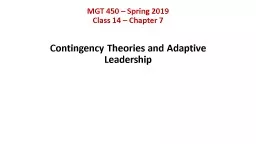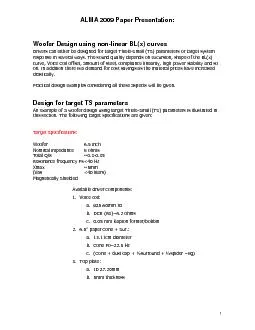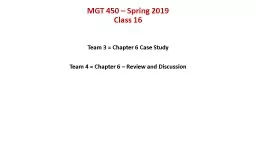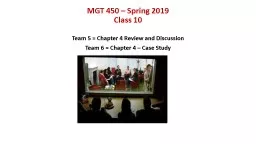PPT-MGT 450 – Spring
Author : pamella-moone | Published Date : 2017-01-14
2017 Class 14 Chapter 7 Contingency Theories and Adaptive Leadership Learning Objectives After studying this chapter you should be able to Understand how aspects
Presentation Embed Code
Download Presentation
Download Presentation The PPT/PDF document "MGT 450 – Spring" is the property of its rightful owner. Permission is granted to download and print the materials on this website for personal, non-commercial use only, and to display it on your personal computer provided you do not modify the materials and that you retain all copyright notices contained in the materials. By downloading content from our website, you accept the terms of this agreement.
MGT 450 – Spring: Transcript
Download Rules Of Document
"MGT 450 – Spring"The content belongs to its owner. You may download and print it for personal use, without modification, and keep all copyright notices. By downloading, you agree to these terms.
Related Documents














